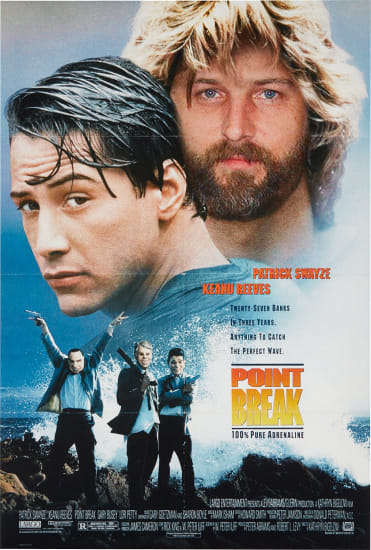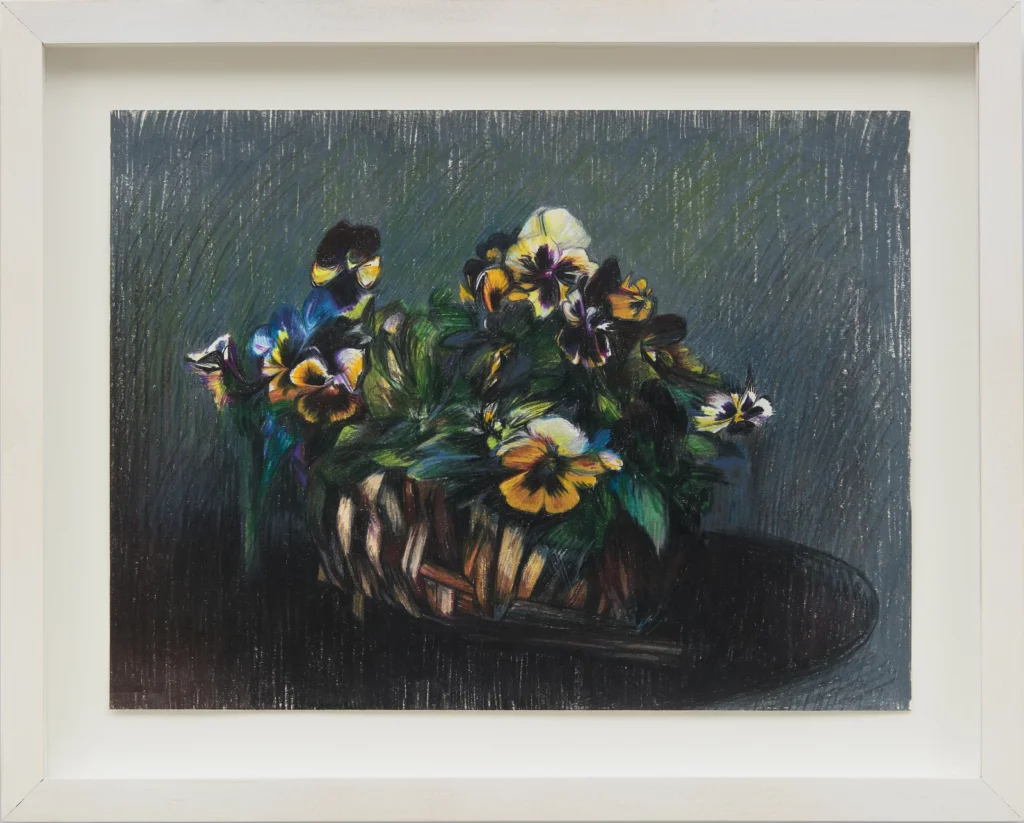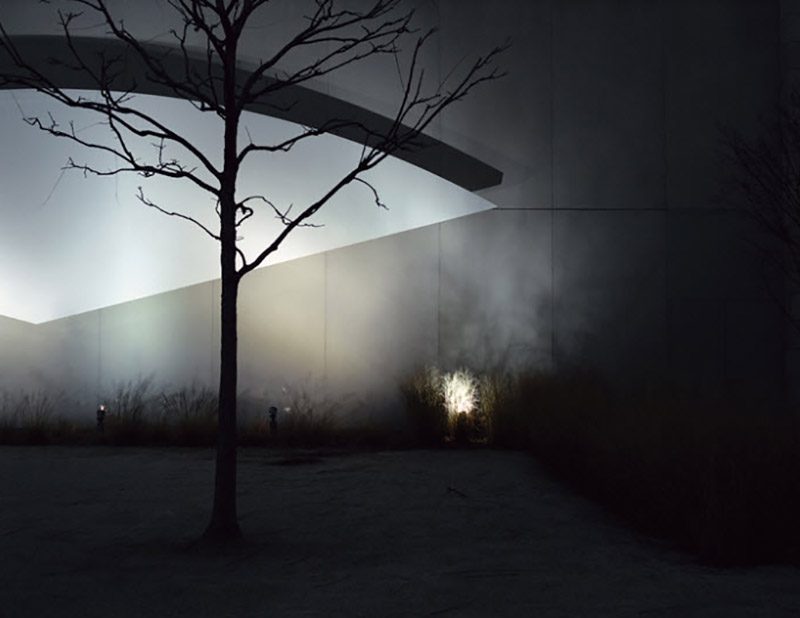
Untitled (Point Break), 2010, Roe Ethridge’s self-portrait as Patrick Swayze;

[feb 2025 update: it’s selling here, auction ends march 11.]
Sam McKinniss’s Pansies in a Basket (2019), from a Swiss Institute benefit auction;

and Louise Lawler’s Silent Night (2011/13) are three of the over two hundred artworks and design items included in the inventory of assets of Lisa Schiff and her former advisory firm, Schiff Fine Art. The inventory was filed as part of a bankruptcy proceeding and, as recently reported here, will possibly be liquidated at auction as early as November.
I broke out the inventory from its larger filing [pdf]. It’s after the jump.
In other filings from May, the bankruptcy trustee is seeking to recover deposits paid to two galleries by Schiff Fine Art of nearly $1m for work whose sale was never completed. $575,000 was paid to Thaddeus Ropac for a $750,000 Cory Arcangel work, Topline (2019). [idk, but Arcangel lists Topline as the title of a 2019 show in which none of the works have that title. Maybe it’s me for not keeping up with his prices, but that does seem like the price of an entire show?] And $398,000 was paid to Gladstone for a $650,000 sculpture by Wangechi Mutu, The Seated IV (2019), which was installed on the facade of the Met.
Though not identified in the filings, both purchases were initiated on behalf of Candace Carmel Barasch, the collector and former client who sued Schiff in 2023 for $6.3 million in undelivered art. It must suck to have a million dollars of your money sitting somewhere, and to have it classified as the assets of a bankrupt company, and you’re classified as a creditor, not an account holder. Has Barasch’s and others’ lawsuits prompted people to change the fiduciary or custodial agreements they made with their agent/art advisers?
